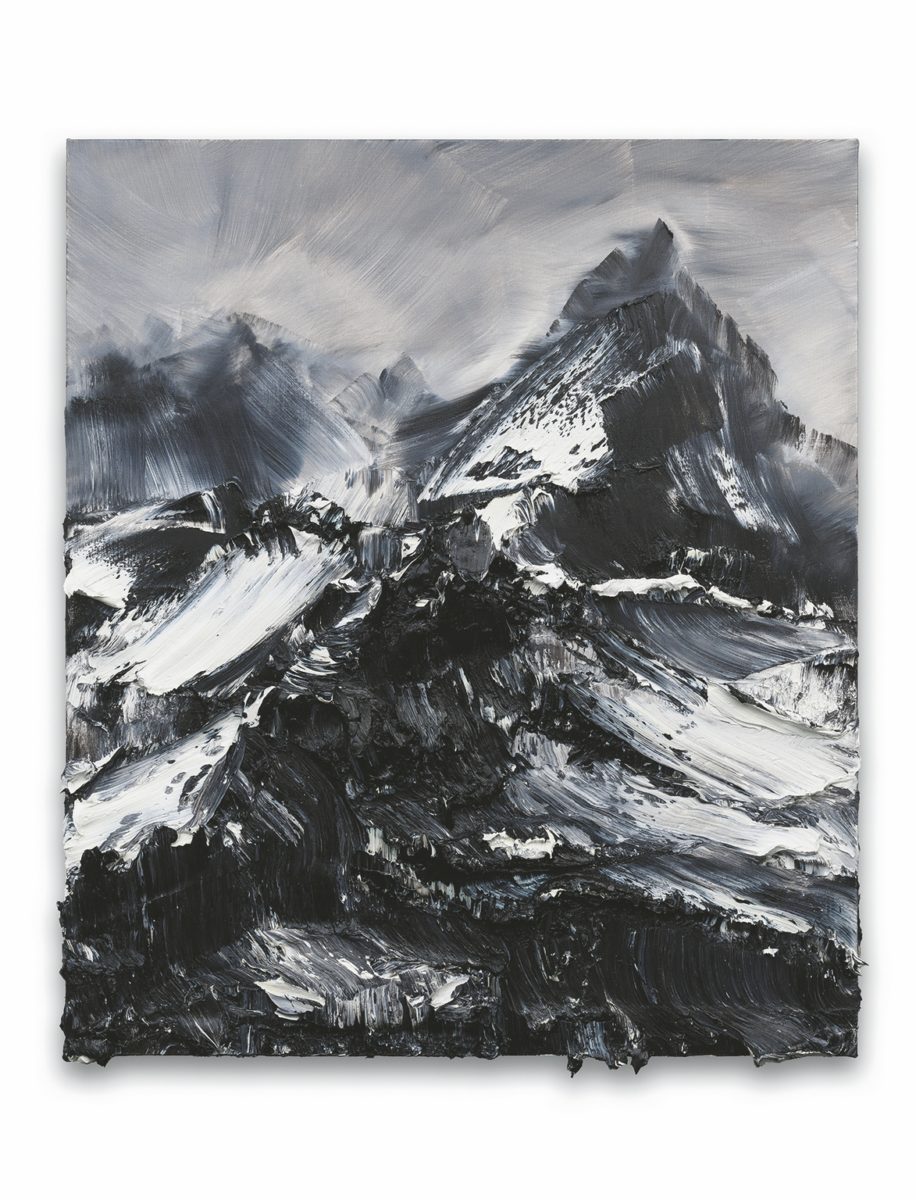Contents
Number 1: Take it slow!
While Bob Ross only takes 30 minutes for every painting he does, us mere mortals can’t expect to do the same.
You can expect a painting to take at least 90 minutes, maybe 60 if you’re going really fast. You’ll probably spend more time mixing colors, trying new techniques, thinking about where to place that next happy little tree, and cleaning your brushes (we seriously believe that we spend around 50% of our painting time with cleaning brushes before we got our cleaning screen) than Bob does. It may also make a difference that Bob Ross painted over 10 000 paintings in his life.
But hey, it’s about the journey and not the destination. Painting is fun and relaxing and we should enjoy every second of it.
Number 2: Thin Paint Sticks To Thick Paint
Bob repeast this in almost every episode of ‘The Joy of Painting’, and it is great advice for all of us mud mixers out there that have problems when putting the highlights on their trees and bushes.
Oil paints are made of two things: pigments and oil, and the more oil there is in a paint, the thinner it gets. And just like very wet stuff that sticks to very dry stuff thin paint sticks to thick paint in much the same manner. You can find more tips on how to do mountains here.
If you ever had the problem that the paint on the canvas mixes with the paint on your brush when doing highlights for your trees and bushes you probably didn’t thin your paint enough. You can do this by dipping your brush into your liquid white or even your paint thinner before mixing the color you want to use for the highlights. If your paint still doesn’t stick, just add a little bit more thinning medium.
Number 3: Be Gentle!
Every time we apply one layer of paint over another layer we have to be very careful not to mix the two layers.
When doing mountains, be sure to hold the knife just as thight as Bob would hold a new born baby bird: Tight enough not to drop it, but not tight enough to hurt it. And baby birds (just like palette knifes) are very delicate creatues, so very little strength is needed for this. Just let the knife (or bird) do the work.
When putting highlights on trees or bushes drag your brush through the paint a few times to create a sort of rounded end on your brush. Then turn the brush in such a way that this rounded end points up and very gently put the paint on the canvas, almost not touching it. Applying the highlights in this way (along with thinning your paint) makes sure that you won’t pick up the darker layer that’s already on the canvas.
Number 4: Using The Right Paint
First of all it is important to use oil paints. The Bob-Ross-Wet-On-Wet-Technique was developed for oil paints and if you’re using acrylics you’ll have a hard time getting the desired results. We’re not saying that it is impossible to do Bob-Ross style paintings with acrylics but it’s going to be much harded to follow along with Bob.
While there are times where thinner paints are needed (like when applying highlights, see above) most of the time you’ll get better results with dryer and firmer paints, so paints with less oil. You’ll obviously get the best results with the original Bob Ross paints. These are a bunch of oil paints that have been developed to work specifically with Bob’s technique. They even vary in the ratio of oil to pigments depending on the things you’ll paint the most with them. So darker colors that are used more often for background layers are firmer than lighter colors, which are used mostly for highlights.
If the original Bob Ross paints are too expensive for you (although they are definitely worth the money) there is a way to upgrade other paints by removing some of the oil from them. You can read more about this in the article about painting mountains you can find here.
Number 5: Stop Overmixing!
One thing most beginners do when first starting to mix colors on their palette is overmixing their colors. When mixing two or more colors it’s often the case that we don’t want to create a new color that’s completely uniform, but rather a marbled mix of colors that we can use for our painting. If you look at a tree you’ll notice that the leaves aren’t all the exactly same color. The same is true for the snow we put on the mountains. Sometimes the little bit of Titanium White that didn’t quite mix with the Prussian Blue will create a wonderful effect of light that gets caught in the snow on some mighty mountain in Alaska.
While Bob Ross makes it seem very easy to get the perfect mix it actually takes a while to get a feeling for when to stop. But once you have it you’ll create wonderful paintings with it.
Number 6: Have Fun!
The most important tip of them all: don’t forget that you are painting for fun. Enjoy the process of creating something. Don’t get discouraged when something doesn’t work on the first try but rather try to find the beauty in learning a new technique and overcoming the hurdles you face.
Follow Bob’s advice and take mistakes not as mistakes, but rather as happy little accidents!
Too much green in your water? It’s a beautiful little pond full of algae now!
The snow got mixed up with the ground layer of your mountain? Seems like the mountain is even more rocky than you thought!
This is your world, you’re the creator. Feel free on your canvas!

